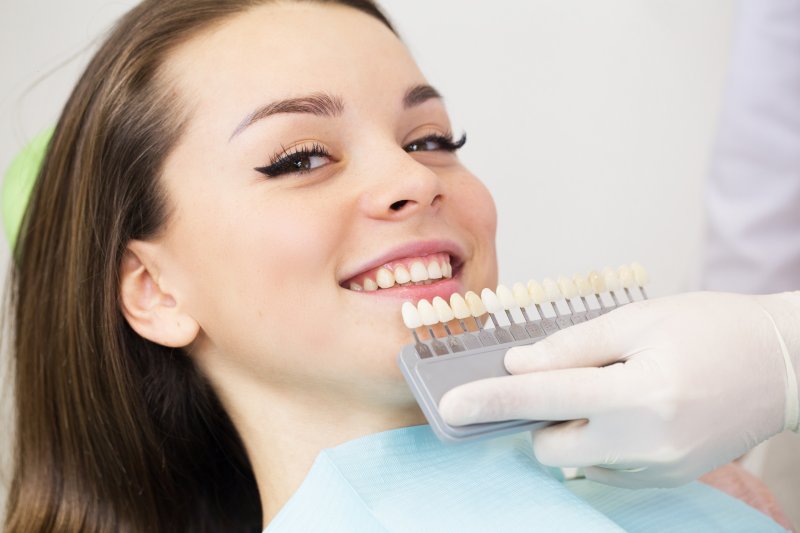
The materials used as part of cosmetic dental treatments today are not the same as those used by early humans. Surprisingly, even those who lived centuries ago looked for ways to enhance and improve their smiles. Fortunately, times have changed, and the type of cosmetic dentistry you see in dentist’s offices today is much more reliable, sanitary, and worthwhile. Read on to learn more about the evolution of these aesthetic treatments and how they got to where they are today.
Where Did It Start?
Modern cosmetic dentistry as we know did not appear until the 1980s, but the desire for a beautiful smile extends as far back as 700 B.C.
Etruscans used ivory and bone as well as human and animal teeth to make dentures. Ancient Egyptians relied on gold to help create crowns and bridges. They’re also known for using seashells as a form of tooth replacement, and pumice stone and vinegar as toothpaste to remove stains.
Their creativity then led to Ancient Romans opting to use their own urine as toothpaste, believing the ammonia would help to whiten teeth and eliminate stains.
If you move along through history, the Middle Ages saw the inclusion of cosmetic dentistry as part of a barber’s job. While this might seem unusual to allow someone who focuses on hair care to perform any kind of oral healthcare treatment, they didn’t find it to be problematic in those days.
Barbers helped to fill teeth and whiten them using a specific coating; however, it was discovered that this substance often destroyed the patient’s enamel and teeth.
By the time the 1700s arrived, prosthetic dentistry was becoming popular, as porcelain became a leading material for dentures. As dentists began to use more metal in the 1800s, though, they discovered that the body did not respond well when attempting to replace missing teeth. As a result, porcelain returned to the forefront.
How is Cosmetic Dentistry Different Today?
With all the different methods used to achieve brighter smiles and replace missing teeth, the changes in cosmetic dentistry were most evident at the start of the 20th century. Shifting to acrylic and plastic for dentures, these materials proved to be more economical, allowing more patients to receive treatment for missing teeth more readily.
As the years passed, teeth whitening became increasingly popular as well as veneers, dental fillings, and implants.
In the 1980s, cosmetic dentistry truly came into its own with multiple discoveries:
- Carbamide peroxide was used as the primary whitening agent to bleach teeth in the dentist’s office and at home.
- Permanent dental bonding was also created during this time to help patients enjoy more fully protected teeth that were once plagued by cavities and minor imperfections.
- Veneers, although created in the 1930s, were made to last longer by dentists who relied on porcelain to be bonded to teeth.
- Dental implants began to be marketed to the public in the 1980s.
While it is more widely known and available to patients today, cosmetic dentistry has been on the minds of humans for centuries. Now that you know a bit more about its origins, you can better appreciate the methods used by dentists today.
About the Author
Dr. Eric Townsend is a dentist at Ponte Vedra Complete Dentistry. Offering an array of cosmetic dentistry services, he and his team can improve the look of a patient’s smile using all kinds of treatment options. If you or a loved one is ready to embrace a new and improved aesthetic that will last, contact us at (904) 285-7711 to find out which option is best for you.



